Along with implementing projects to arrange and stabilize residents in disaster-affected areas, Quang Tri province has been mobilizing resources and actively supporting production development. From there, creating sustainable livelihoods, helping people settle down and find work when they move to a new place.
The terraced field system is being invested in and built by Hai Son Group right after "Son Hai Love Village" for people to grow rice in their new home - Photo: TN
In August 2024, the “Son Hai Love Village” in Huong Lap Commune, Huong Hoa District, invested in and built by Son Hai Group to support 56 households in Cuoi, Tri, and Cha Ly villages (whose houses were lost or damaged due to landslides during the 2020 floods), was inaugurated and put into use. This concentrated resettlement project is considered an ideal model for the resettlement program for people in disaster-prone and border areas in Quang Tri in particular and the whole country in general.
In addition to building a new village with solid houses and a synchronous infrastructure system such as wells, roads, power lines, and schools, Son Hai Group also supports rice for the villagers for 3 years. In particular, the group supports funding for land reclamation, forming 7.59 hectares of terraced rice fields right at the new residence and giving each household a cow, helping people have a sustainable livelihood. To turn the hilly land into terraced fields, Son Hai Group has had the construction unit level the land, scoop up the topsoil and set it aside. After renovating the fields, the topsoil is covered to create humus and nutrients for the fields. Currently, the unit is building a water supply system from streams to irrigate the entire area. It is expected that by 2026, the villagers will be able to grow rice on this terraced field area.
After the historic floods in 2020, Quang Tri province has a policy of evacuating people from areas at risk of landslides, flooding, and isolation. On May 18, 2022, the Prime Minister issued Decision No. 590/QD-TTg approving the Program for resettlement of people in disaster-prone areas, especially difficult areas, border areas, islands, spontaneous migration areas, and special-use forests for the period 2021-2025, with a vision to 2030.
In order to promptly and effectively implement the local population resettlement program, the Department of Agriculture and Rural Development advised the Provincial People's Committee to submit to the Provincial People's Council to issue Resolution No. 34/2023/NQ-HDND, dated March 28, 2023, stipulating support policies for households and individuals under the population resettlement and stabilization program in disaster-hit areas, especially difficult areas, border areas, spontaneous migration, and special-use forests in Quang Tri province for the period 2022 - 2025.
However, according to Mr. Hoang Minh Tri, Head of the Rural Development Department, Department of Agriculture and Rural Development, to implement this policy, a huge investment resource is needed. Not every residential area is lucky enough to build a new village that is closely linked to people's livelihoods in a systematic and large scale like "Son Hai Love Village".
In the 2021-2025 plan, the province will arrange and stabilize the population of about 255 households (an average of 85 households/year). To date, the province has arranged resettlement for 216 households (117 households in disaster areas; 99 households in border areas), of which 200 households are arranged in the form of concentrated population, 12 households are intermingled, and 4 households are stabilized on-site.
Along with the arrangement, arrangement, and stabilization of the population, the issue of production and income improvement to stabilize the lives of people in the new place is an important issue. In recent years, the province has supported production land, built and expanded a number of livelihood models, organized a number of vocational training classes, and oriented career transition. However, in reality, it has not yet met the needs of the people as well as the situation, farming conditions, and soil of each region and each migration project.
To effectively implement the population resettlement program as well as ensure livelihoods, stabilize life and production for people in the project and population resettlement areas, the Department of Agriculture and Rural Development proposes to review and classify subjects right from the time of developing the resettlement plan.
The purpose is to ensure livelihood support associated with career conversion (agriculture, non-agriculture, other industries) in accordance with people's capacity and aspirations. When developing a migration plan, it is necessary to ensure appropriate production land funds to support people in creating livelihoods. Land funds for creating livelihoods must be clean land, land that has been improved in accordance with the production development plan.
Livelihood support, including vocational training and job conversion for migrants according to Decision 590/QD-TTg of the Prime Minister, needs a separate, strong enough policy and should not be integrated into national target programs as it is now.
According to Mr. Tri, the reason is that most households living in disaster areas are vulnerable in all aspects, and if there is no strong enough policy, it will not create sustainable livelihoods for them. Because the application of support policies according to any national target program, the subjects of the migration project must depend on the subjects of application of that program.
For example, the livelihood support fund of the National Target Program for Socio-Economic Development of Ethnic Minorities and Mountainous Areas targets poor and near-poor households; the Sustainable Poverty Reduction Program targets poor and near-poor households and newly escaped poverty households; the New Rural Program has no restrictions on beneficiaries but only supports joint projects (according to Decree 98 of the Government) and does not directly support beneficiaries. Therefore, there are many households in concentrated migration projects that are not eligible for national target programs and therefore do not receive livelihood support.
In addition, it is necessary for the banking system (especially agricultural banks and social policy banks) to participate and cooperate in extending debt or giving priority to new loans to develop economic models for immigrants.
Functional sectors and local authorities also need to regularly inspect, supervise, and provide guidance at the grassroots level before and after investment so that concentrated resettlement projects and mixed residential areas can ensure people's living conditions and production development.
Thuy Ngoc
Source: https://baoquangtri.vn/quan-tam-sinh-ke-cho-nguoi-dan-cac-du-an-di-dan-tap-trung-189094.htm


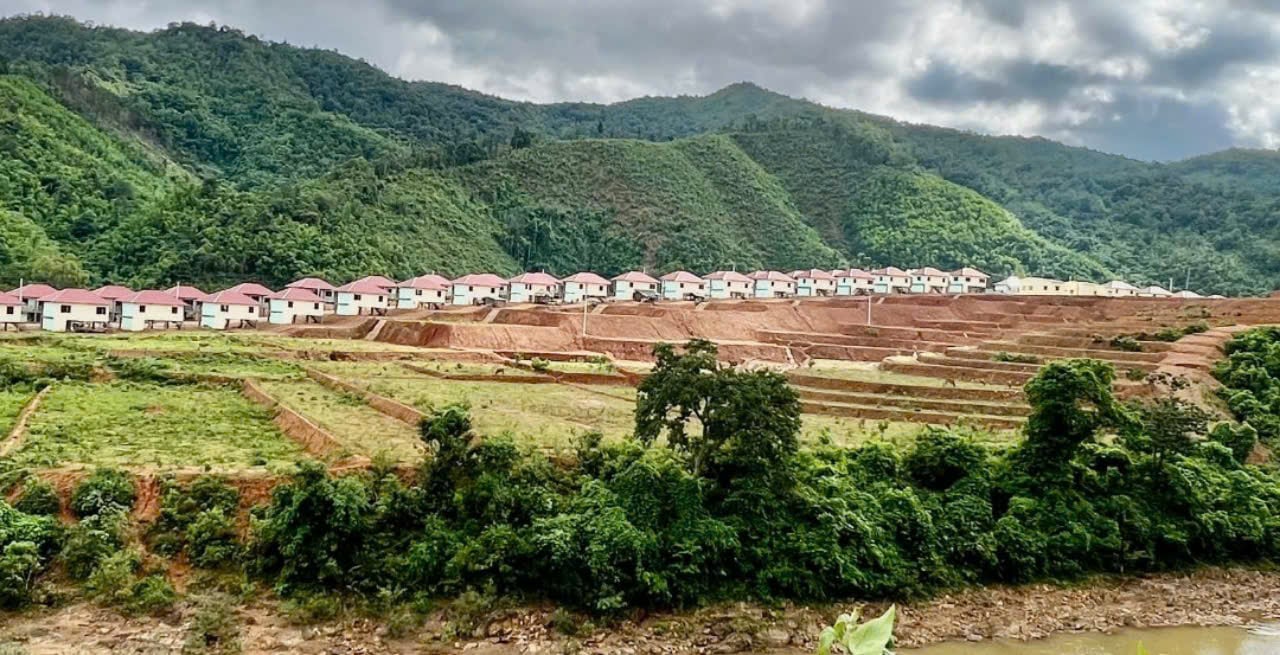

![[Photo] Prime Minister Pham Minh Chinh receives Swedish Minister of International Development Cooperation and Foreign Trade](https://vphoto.vietnam.vn/thumb/1200x675/vietnam/resource/IMAGE/2025/5/12/ae50d0bb57584fd1bbe1cd77d9ad6d97)
![[Photo] Prime Minister Pham Minh Chinh works with the Standing Committee of Thai Binh Provincial Party Committee](https://vphoto.vietnam.vn/thumb/1200x675/vietnam/resource/IMAGE/2025/5/12/f514ab990c544e05a446f77bba59c7d1)


![[Photo] Prime Minister Pham Minh Chinh starts construction of vital highway through Thai Binh and Nam Dinh](https://vphoto.vietnam.vn/thumb/1200x675/vietnam/resource/IMAGE/2025/5/12/52d98584ccea4c8dbf7c7f7484433af5)
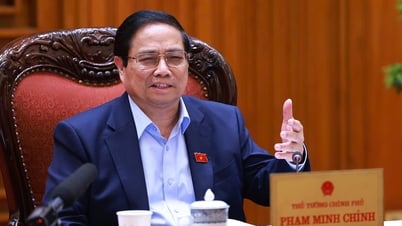

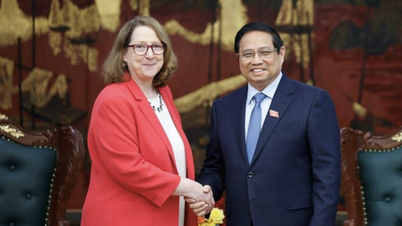






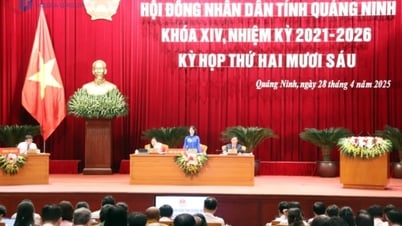
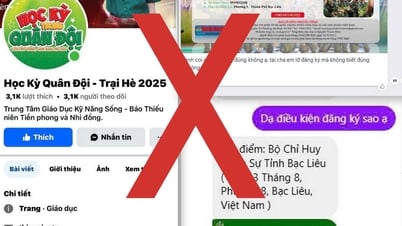

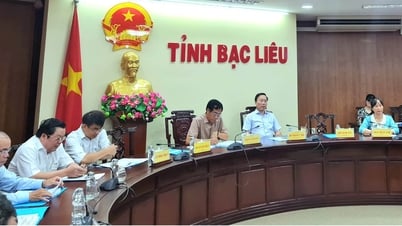

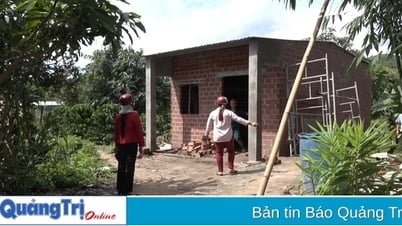
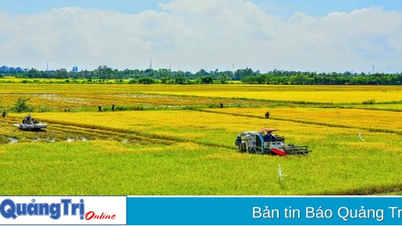




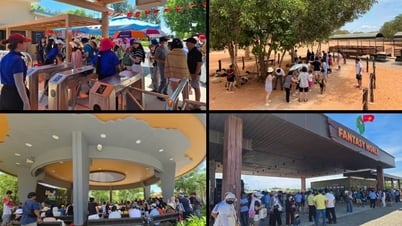
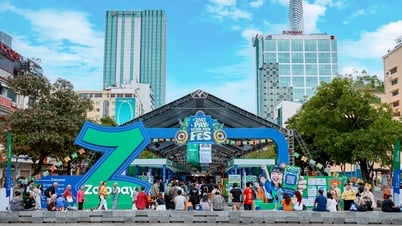

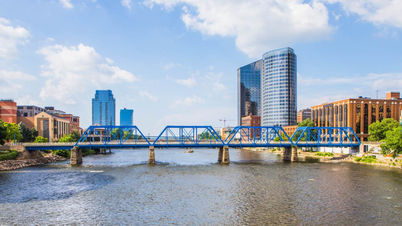

























































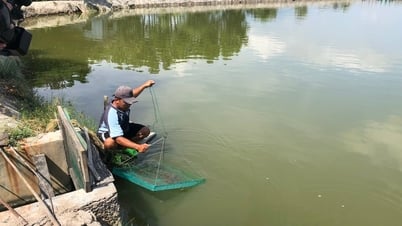











Comment (0)